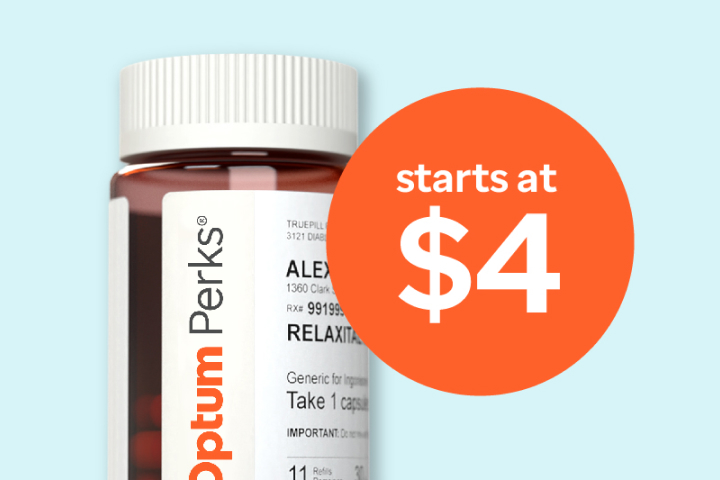Cartilage is the connective tissue that cushions your joints. When the cartilage wears away, it exposes the bones to each other. Arthritis can result from the natural wear and tear of the cartilage, and it can cause joint pain and swelling. Certain autoimmune conditions may speed up the loss of cartilage.
Exercising, taking arthritis medications, and maintaining a moderate weight can help reduce arthritis symptoms. But if these strategies are not helping you manage your condition, knee injections may be a treatment option.
When to consider knee injections

Knee arthritis can happen for no apparent reason, without an underlying condition. It can also result from autoimmune factors, such as in rheumatoid arthritis.
Knee osteoarthritis is a degenerative condition that involves the cartilage of your knee joint.
This condition can gradually speed up the natural wear and tear of the cartilage, causing pain in your knee and making its movement more difficult. Osteoarthritis is also characterized by swelling and inflammation of the joint that can increase with exercise.
When lifestyle strategies, like eating a balanced diet and getting more exercise, are not helping you manage your condition, a healthcare professional may recommend knee injections to reduce pain and swelling.
If you suspect you have knee osteoarthritis or you experience constant pain in your knee, consider talking with a healthcare professional. They can perform a physical examination and recommend imaging tests to diagnose the reason for your discomfort.
Based on their diagnosis, they can work with you to figure out the most effective treatments.
Types of injections
Healthcare professionals may recommend injections to people with arthritis in order to help reduce pain in their joints. Many types of injections are available, and a healthcare professional can recommend the treatment that may be most effective for your condition.
Corticosteroids
Corticosteroid injections, such as hydrocortisone, can be used to treat swollen joints.
This medication can also help treat bursitis and tendinitis. Bursitis is inflammation of a fluid-filled sac, called a bursa, that helps cushion a joint. Tendinitis is inflammation of the tendons, which are tissues that connect muscles to bones.
When used in the joint, corticosteroid injections reduce swelling and pain. Afterward, your knee may feel better for several months and sometimes up to a year.
However, you may need to receive more injections. A person can receive up to 4 injections in a 12-month period.
A single dose of the steroid injection may range from 5 to 50 milligrams (mg), depending on the size of the joint and how well the previous injection worked.
Receiving corticosteroid injections can reduce how well your immune system works, which makes you more likely to experience severe symptoms from an infection. That’s why it’s important to contact a healthcare professional if you develop any infection, including COVID-19 or chickenpox.
And though these medications are typically very effective, they may not be suitable for everyone. For example, people who have bipolar disorder, are pregnant, or have an infection cannot receive hydrocortisone.
Aside from hydrocortisone, corticosteroid medications may include:
| Dose | |
|---|---|
| Betamethasone sodium phosphate and acetate | 0.25–2 milliliters (mL) |
| Dexamethasone acetate | 8 mg |
| Dexamethasone sodium | 8 mg |
| Methylprednisolone acetate | 20–80 mg |
| Triamcinolone acetonide | 10–40 mg |
| Triamcinolone hexacetonide | 10–20 mg |
Hyaluronic acid
Hyaluronic acid is a natural substance found in tendons, joints, and bones. Hyaluronic acid injections into the knee may help reduce inflammation and improve the lubrication of the joint.
Hyaluronic acid injections can help reduce pain in your knee 8–24 weeks after the injection.
Platelet-rich plasma (PRP) injection
PRP injections are widely used to treat arthritis of the knee. A 2022 study found that PRP treatment can have greater benefits than hyaluronic acid injections. PRP can reduce long-term discomfort caused by arthritis and may be more effective at keeping the joint working properly.
People receiving PRP injections in the study reported a reduction in pain after the first month of treatment. The researchers saw the best results of the treatment after about 6 months.
Stem cell injection
Stem cell injections may improve arthritis. It may take 24–72 weeks before you notice a reduction in your symptoms and improvement in the volume of the knee cartilage, according to a 2021 review.
Stem cells can help repair tissues, and these new treatment techniques may have promise for the future. However, more research is needed.
Polyacrylamide hydrogel injection
Scientists are currently developing new compounds that can be injected into the joints to improve arthritis without resulting in any particular side effects.
Polyacrylamide hydrogel is one of these new compounds. This is made from water molecules attached to a polyacrylamide backbone. This means the compound won’t break down when injected into a joint. The product is intended to offer lubrication to the joint and reduce inflammation.
However, more research is needed to further develop these new types of treatment.
If you need help covering the cost of medications, the free Optum Perks Discount Card could help you save up to 80% on prescription drugs. Follow the links on drug names for savings on that medication, or search for a specific drug here.
